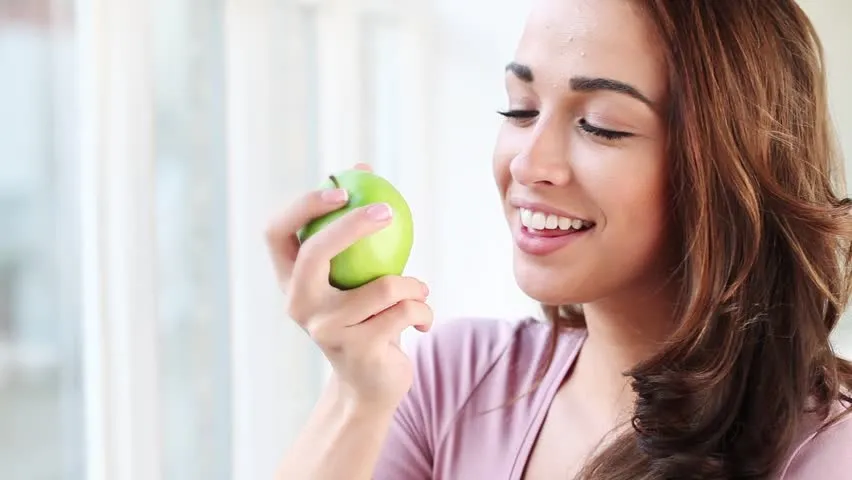The Power of Fruit for Teeth Whitening
The quest for a brighter, whiter smile often leads us to explore various options, from professional treatments to over-the-counter products. However, nature offers a wealth of solutions, and among them, fruits stand out as potent allies in the fight against stained teeth. Fruits contain natural compounds that can help remove surface stains and promote overall oral health. Incorporating fruits into your dental routine is a gentle, effective, and readily accessible approach to enhancing the natural brilliance of your teeth. This article will explore the top fruits known for their teeth-whitening properties and guide you on how to use them safely and effectively. The use of natural ingredients can be a game changer for people who don’t want to use chemical products on their teeth.
Why Fruit Works for Teeth Whitening
Fruit’s effectiveness in teeth whitening stems from a combination of factors. Many fruits contain malic acid, a natural enamel-safe abrasive that gently scrubs away stains. Additionally, certain fruits boast high concentrations of vitamin C, a powerful antioxidant that strengthens gums and can contribute to brighter teeth. Some fruits also contain enzymes that aid in breaking down stain-causing compounds. Regular consumption of these fruits, or their careful application to teeth, can lead to noticeable improvements in whiteness over time. This natural process offers an alternative to harsh chemical treatments and aligns with a holistic approach to dental care. The best part is that you can easily find these fruits at your nearest grocery store.
The Science Behind Fruit and Tooth Enamel

Understanding the science behind fruit and tooth enamel is crucial for appreciating how these natural remedies work. Tooth enamel, the outermost layer of your teeth, is a hard, mineralized substance that protects the sensitive inner layers. The surface of enamel is porous, meaning it can absorb stains from foods, drinks, and other substances. Fruits work by interacting with these stains, either by gently exfoliating the surface or by chemically breaking down the staining compounds. The enzymes and acids found in certain fruits can help dissolve these stains without damaging the enamel when used in moderation. It’s important to consider that while some fruits are beneficial, others, particularly those with high acidity, require careful use to avoid potential enamel erosion. Always be cautious on your diet.
Top 5 Fruits for a Naturally White Smile
Strawberries: The Natural Whitening Powerhouse
Strawberries are often hailed as the natural teeth-whitening champion, thanks to their high malic acid content. Malic acid acts as a natural astringent, gently removing surface stains. Strawberries are a popular choice for DIY whitening treatments. The fruit’s texture also helps in physically scrubbing away stains. Eating strawberries or mashing them into a paste and applying it to your teeth can be an effective way to brighten your smile. The natural sugars in strawberries are lower compared to other fruits, making them a relatively safe choice for your teeth. The refreshing taste and easy availability make strawberries a delightful addition to your oral hygiene routine. Remember to brush your teeth after applying any fruit to prevent any sugar residues.
How Strawberries Work for Teeth Whitening
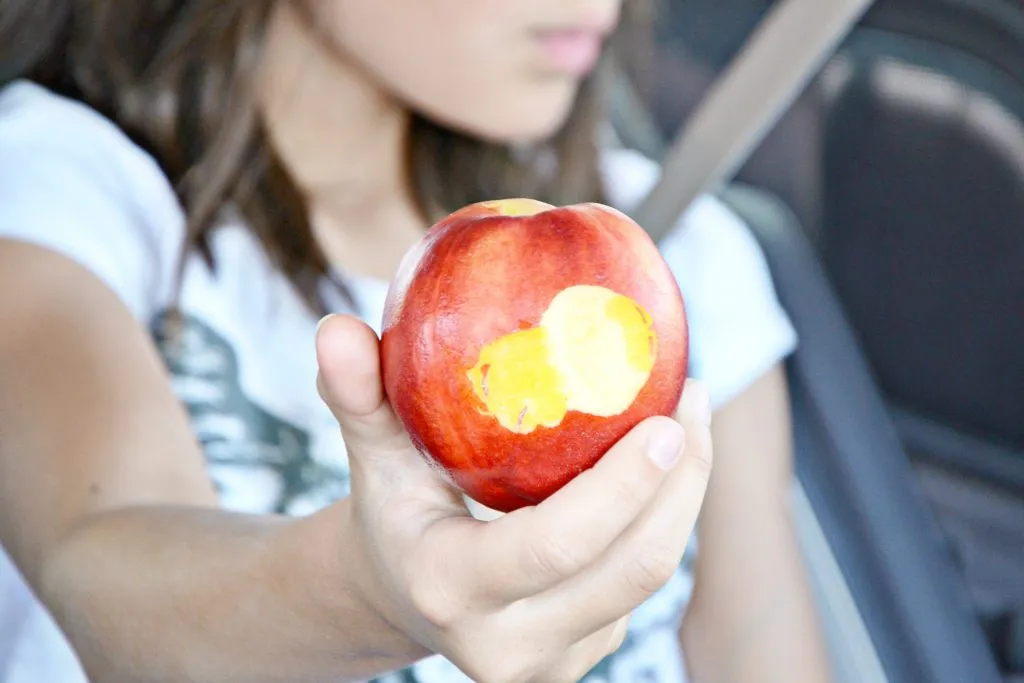
The whitening power of strawberries lies primarily in their malic acid content. Malic acid acts as a natural enamel-safe abrasive that gently scrubs away surface stains. This acid helps to break down the compounds that cause discoloration, revealing a brighter, cleaner enamel surface. The mechanical action of the strawberry itself can also contribute to stain removal when mashed and rubbed onto the teeth. Furthermore, the antioxidants present in strawberries can help to protect the teeth from further staining and promote overall oral health. Many dentists and hygienists recommend using strawberries for whitening purposes. Always rinse your mouth after applying strawberries to your teeth.
Apples: Crunchy Cleaners for Your Teeth
Apples offer a different approach to teeth whitening: a naturally abrasive texture that helps clean the teeth. As you bite and chew an apple, it helps to scrub away plaque and surface stains, leaving your teeth feeling cleaner and brighter. While apples may not contain the same potent whitening agents as strawberries, their crunchy texture stimulates saliva production. Saliva acts as a natural cleanser, washing away food particles and bacteria that can contribute to staining. Eating an apple after meals can be a simple and effective way to maintain a fresh, clean mouth and promote a brighter smile. Make sure you select your apples properly, or the result might not be the one you want. Apples are easy to take anywhere.
The Benefits of Apples Beyond Whitening
Beyond their teeth-cleaning properties, apples offer numerous health benefits. They are rich in fiber, which promotes healthy digestion and can help remove food particles from your teeth and gums. Apples also contain vitamins and minerals that support overall oral health, including strong enamel and healthy gums. The act of chewing an apple can strengthen the jaw muscles and increase blood flow to the gums, contributing to a healthier mouth. Regularly including apples in your diet can be a simple and delicious way to support both your oral health and your overall well-being. Apples are superfoods, so you should consume them regularly.
Oranges: The Vitamin C Boost
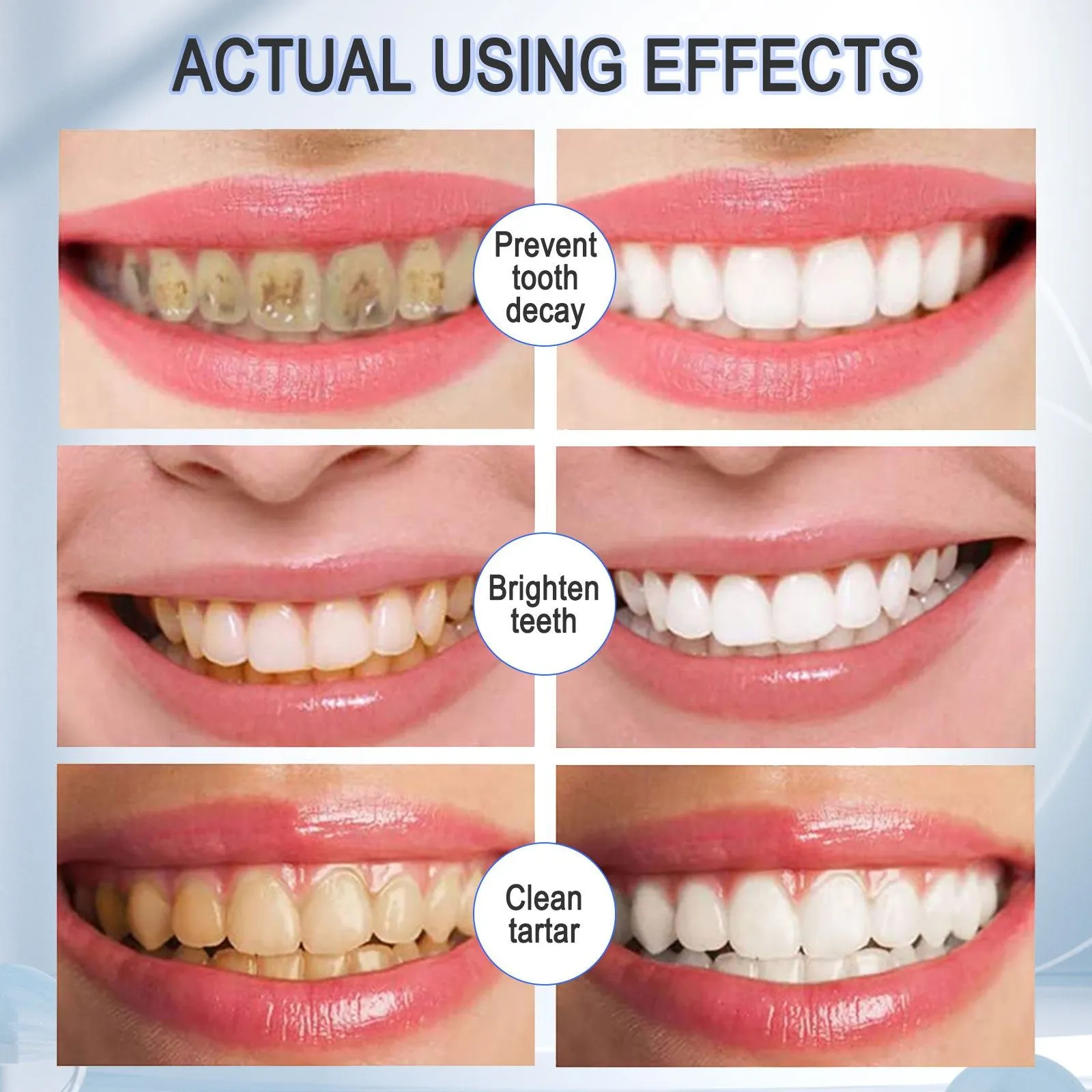
Oranges are well-known for their high vitamin C content, a crucial nutrient for overall health, including oral health. Vitamin C strengthens the gums and helps fight off bacteria, which can contribute to a healthier mouth. While oranges themselves may not directly whiten teeth, the vitamin C content plays a vital role in maintaining healthy gums, which are essential for a bright smile. However, the high acidity of oranges means they should be consumed with caution. Always rinse your mouth with water after eating oranges to minimize potential enamel erosion. Oranges are also easy to carry, and you can find them almost everywhere.
The Role of Citric Acid in Teeth Whitening
Citric acid, abundant in oranges, can have both positive and negative effects on teeth whitening. In small amounts, citric acid can help to remove surface stains. However, its high acidity can also erode tooth enamel if consumed excessively. It’s essential to strike a balance and consume citrus fruits in moderation. Always rinse your mouth with water after eating oranges or drinking orange juice to neutralize the acids. Consider eating oranges as part of a balanced diet to reap their benefits while minimizing any potential risks to your teeth. The vitamins present in oranges help to keep your teeth healthy in the long term.
Pineapple: Bromelain’s Whitening Effect
Pineapple contains bromelain, an enzyme known for its anti-inflammatory and stain-removing properties. Bromelain can help break down protein-based stains on the teeth, contributing to a brighter smile. While the concentration of bromelain in pineapple may not be as potent as some other whitening agents, it can still provide a gentle cleaning effect. Pineapples also contain natural sugars, so moderation is key. Enjoying pineapple as part of a balanced diet can offer both whitening benefits and overall health advantages. Bromelain is also used in some toothpaste for better cleaning. Make sure you don’t have any allergies to pineapple, as this might produce some health issues.
How Bromelain Aids in Whitening
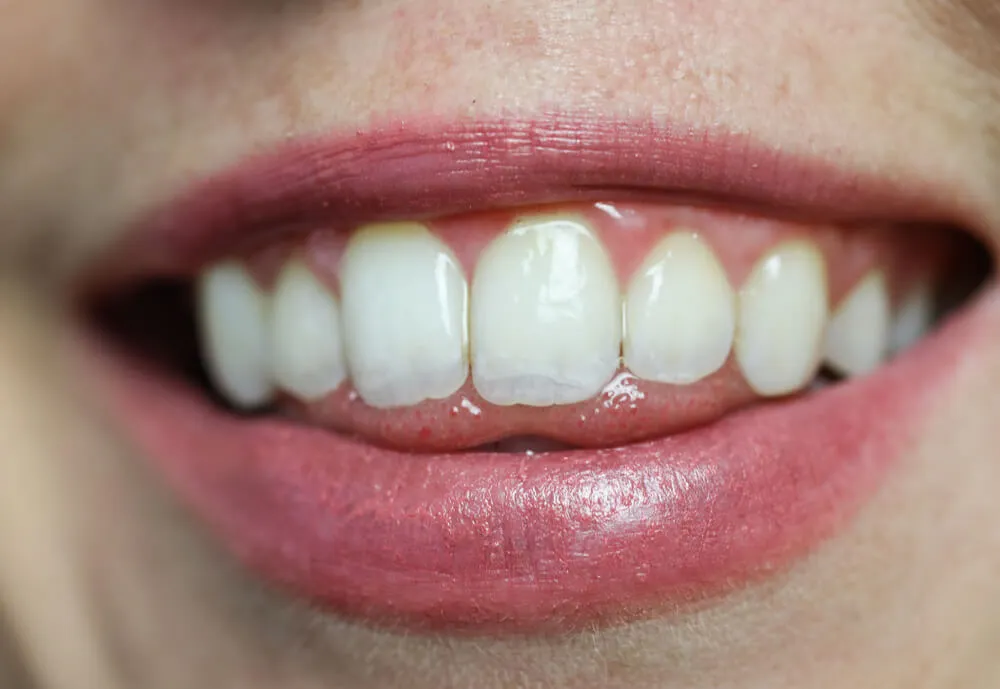
Bromelain, the enzyme found in pineapple, aids in whitening by breaking down protein-based stains that accumulate on the tooth surface. These stains, often caused by food, drinks, and tobacco, can dull the appearance of your teeth. Bromelain works by gently dissolving these stains, revealing the brighter enamel beneath. This natural process makes pineapple a valuable addition to your teeth-whitening routine. Although bromelain’s whitening effect is mild, the enzyme contributes to fresher breath and better oral hygiene. Pineapple is safe for the teeth compared to other fruits, so you can use it regularly.
Lemons and Limes: Use with Caution
Lemons and limes are highly acidic, and while they can potentially whiten teeth due to their citric acid content, their use requires extreme caution. The high acidity can erode tooth enamel, making teeth more susceptible to sensitivity and decay. If you choose to use lemons or limes for teeth whitening, do so sparingly and always rinse your mouth thoroughly with water afterward. Avoid prolonged contact with the teeth. It is generally recommended to consume these fruits in moderation to minimize any potential risks to your oral health. Overusing these fruits can damage the teeth and cause serious problems. Make sure you use them rarely.
The Risks of Using Citrus Fruits Excessively
The excessive use of citrus fruits, such as lemons and limes, can lead to several risks for your teeth. The high acidity can erode tooth enamel, making your teeth more vulnerable to cavities and sensitivity. Enamel erosion can also cause your teeth to appear thinner and more translucent, leading to a less appealing smile. Prolonged exposure to citric acid can also irritate the gums and cause discomfort. If you consume citrus fruits frequently, be sure to rinse your mouth with water after each consumption. Always consult your dentist about potential risks related to the consumption of citrus fruits, and they will guide you in a better way.
Maximizing Your Fruit Whitening Results
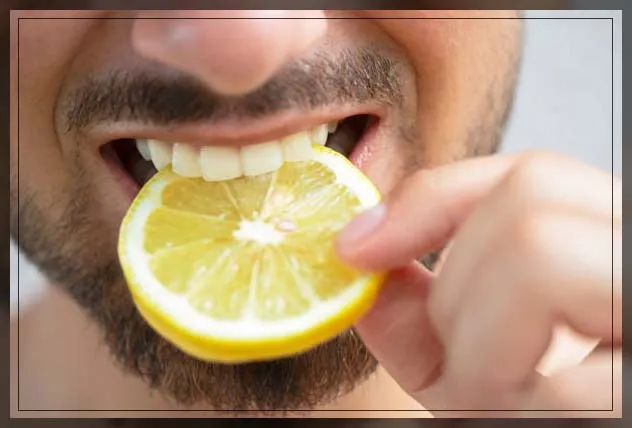
Proper Application Techniques
To maximize the benefits of fruit for teeth whitening, proper application techniques are key. For fruits like strawberries, you can mash them into a paste and apply it directly to your teeth. Gently rub the paste on your teeth for a minute or two, then rinse thoroughly. When using apples, simply bite and chew them, allowing the natural abrasiveness to clean your teeth. With citrus fruits, it’s best to consume them as part of a meal and rinse your mouth afterward. Avoid leaving citrus fruits in contact with your teeth for extended periods. Applying fruits in moderation helps to obtain the best results. This natural approach helps to keep your teeth bright and healthy.
Frequency and Timing
The frequency and timing of your fruit-based teeth-whitening routine are crucial for achieving optimal results. For fruits like strawberries, you can apply the paste a few times a week. When consuming apples, try to include them in your daily diet, ideally after meals. With citrus fruits, limit their consumption and always rinse your mouth afterward. Timing is also important: apply or consume fruit-based treatments before brushing your teeth, allowing the fruit to work on the surface stains before you brush. Listen to your teeth and reduce the frequency if you experience any sensitivity. This gentle approach to teeth whitening is beneficial to your oral health. It is highly recommended that you brush your teeth twice a day.
Important Considerations and Precautions

Consulting Your Dentist
Before incorporating fruit into your teeth-whitening routine, consult your dentist. They can assess your oral health and advise whether fruit-based treatments are suitable for you. They can also identify any underlying issues, such as enamel erosion or cavities. They will recommend an appropriate treatment plan based on your specific needs. Regular dental check-ups are essential for maintaining optimal oral health. This ensures any problems are identified and treated early. Remember that your dentist is the best source of personalized guidance. They can tell you the foods you should avoid and the foods that are good for your teeth.
Alternative Whitening Methods
While fruit can contribute to a brighter smile, alternative teeth-whitening methods may be necessary. Over-the-counter whitening strips and toothpastes containing whitening agents can provide more noticeable results. Professional teeth whitening treatments, such as in-office bleaching, offer the most effective results. Your dentist can help you determine the best whitening method for your needs. In addition to whitening treatments, maintaining a good oral hygiene routine is crucial. Regular brushing, flossing, and dental check-ups are essential for a healthy, bright smile. If you don’t see any effect from fruit whitening, you can use chemical methods. Remember to be patient and consistent with your teeth-whitening routine.
